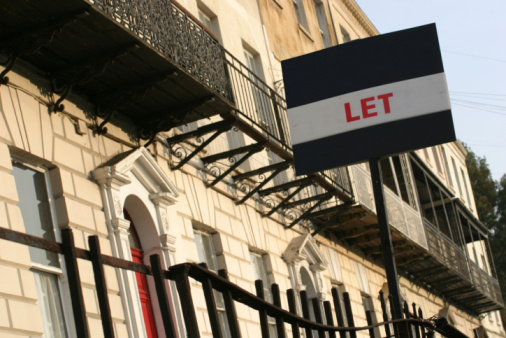A new Ability to Buy Index from RBS paints a mixed picture for first time buyers in Britain. While average mortgage payments have fallen to 2003 levels, it is now more difficult for first-time buyers to get a foot on the housing ladder than during the 2009 recession. RBS says the quarterly Ability to Buy […]
 A new Ability to Buy Index from RBS paints a mixed picture for first time buyers in Britain. While average mortgage payments have fallen to 2003 levels, it is now more difficult for first-time buyers to get a foot on the housing ladder than during the 2009 recession.
A new Ability to Buy Index from RBS paints a mixed picture for first time buyers in Britain. While average mortgage payments have fallen to 2003 levels, it is now more difficult for first-time buyers to get a foot on the housing ladder than during the 2009 recession.
RBS says the quarterly Ability to Buy Index gives the most realistic picture available of the real squeeze facing first-time buyers (FTB) in the UK.
Fionnuala Earley, RBS Group UK consumer economist, says: “Our new index provides the most accurate picture available today of the squeeze on first-time buyers, by including the effects of tax, National Insurance, earnings and rising living costs, in addition to house prices and interest rates.
“Our first results show that higher living costs are making it more challenging for first-time buyers to enter the market, despite the lowest mortgage payments in almost a decade. But the news is not all bad – inflation is now beginning to fall and assuming earnings still rise and interest rates remain low, this should help to improve the ability for first time buyers to enter the market.”
The RBS FTB Ability to Buy Index has deteriorated for three consecutive quarters[1]. At 98.6 in Q3 2011 compared with an average of 96.5 in 2009, the index also shows it’s harder to buy now than in the 2009 recession. This contrasts with house price to earnings measures which suggest conditions have improved.
The rising cost of essentials during 2011 has outweighed the effect of falling house prices and rising incomes on the ability to buy.
Ability to buy has deteriorated most in the East of England, East Midlands and London since 2009. The biggest improvements were in Northern Ireland and the North East.
But the results also contain some encouraging news. Low interest rates mean that even with the squeeze on household income, the debt-servicing burden has fallen to 2003 levels.
In Q3 2011 a first-time buyer repayment mortgage took up just 52 per cent of discretionary income (income after tax, National Insurance and spending on essential goods and services). At the peak of the market in 2007 this proportion was 84 per cent and in 1990 it was as high as 123 per cent.
But rising living costs have prevented this improving further. Compared with the 2009 recession, the debt servicing burden, after taking tax and living costs into account, improved by 5.8 per cent. Measures based on gross income suggest it improved by 8.7 per cent.
Low interest rates and squeezed discretionary income also mean that it will take a long time to save for a deposit, but not as long as in 2007.
Assuming that house prices stay still, earnings grow at a modest annual rate of 2.5 per cent and FTB can save 30 per cent of discretionary income, it would take three years to save a 10 per cent deposit.
In London it would take eleven months longer, but in the in the North East it would take just 29 months to save a 10 per cent deposit.
Earley continued: “Traditional affordability measures only look at gross earnings, but the RBS Ability to Buy Index gives a more realistic approach by taking into account other essential calls on buyers’ incomes. It is particularly timely given the FSA’s emphasis on the assessment of borrowers’ outgoings in its latest proposals on mortgage regulation. But it’s also important at a time when inflation is putting such pressure on household budgets.
“It is a little surprising that even though house prices are falling and incomes have increased, FTBs are squeezed more now than they were during the 2009 recession. The rising cost of essential goods and services has eroded their discretionary income. But low interest rates are still a tremendous help. A 90 per cent loan for a first-time buyer would take up just 52 per cent of available income today compared with 84 per cent at the market peak. This gives borrowers a much bigger financial cushion. But lower discretionary income and low interest rates mean saving for a deposit is still a hurdle.”













